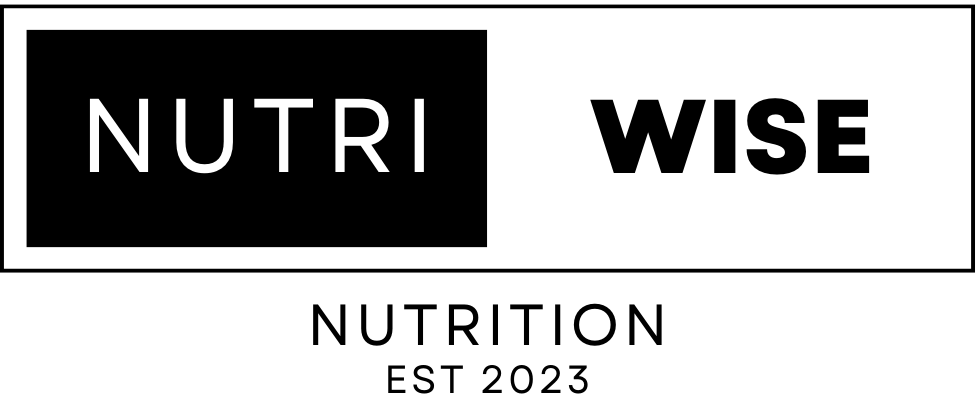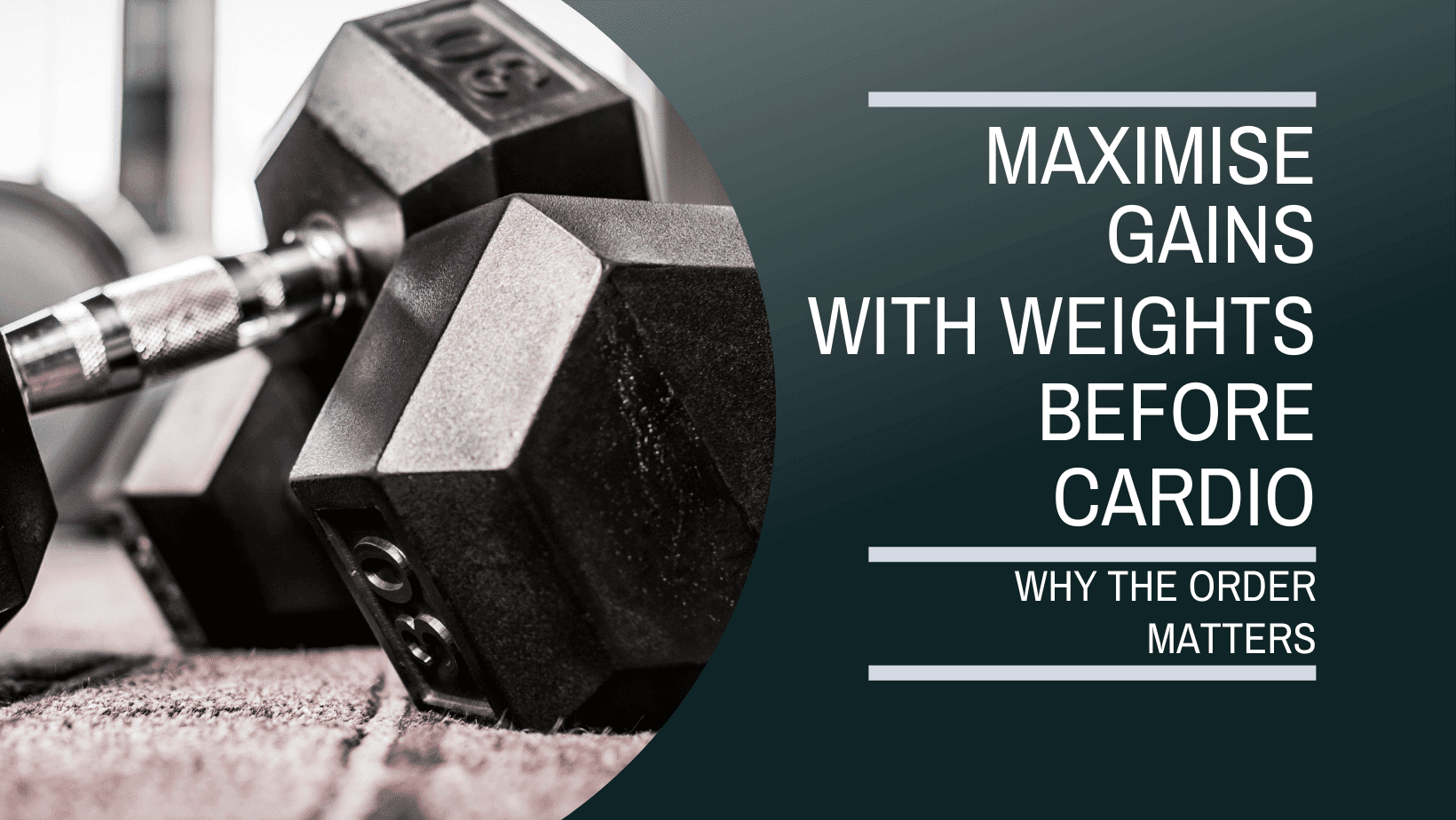Weights Before Cardio: Optimise Fat Burn!
In the quest for achieving optimal body composition, the order in which we perform weights and cardio has long been a topic of debate. While many fitness enthusiasts believe that cardio should always precede weight training, a growing body of research suggests that the opposite approach may be more effective for maximizing fat burn and lean muscle development.
By strategically sequencing these exercises, we can utilise the body’s energy stores to our advantage, leading to improved body composition and greater fat loss. This article aims to explore the benefits of performing weights before cardio and provide practical tips for optimizing fat burn during your workout routine.
We’ll examine the science behind this approach, including how weight training can deplete glycogen stores and increase the body’s reliance on stored body fat during cardio. Additionally, we’ll provide recommendations for pre-workout meals, weight training techniques, and cardio protocols that can help you achieve your fitness goals.
Whether you’re a seasoned athlete or a fitness newbie, this article will provide valuable insights into how to structure your workouts to maximise fat burn and improve your overall body composition.
Pre-Workout Meal
The pre-existing knowledge emphasizes the importance of consuming a pre-workout meal before weight training to optimize fat burning and increase lean muscle mass. Nutrient timing is crucial for maximizing the effects of a pre-workout meal on performance. Consuming a meal that is high in protein and carbohydrates 1-2 hours before weight training can provide the necessary energy for the workout and increase muscle protein synthesis.
Furthermore, the effects of different macronutrient ratios on pre-workout performance have been studied extensively. Carbohydrates are the primary source of energy for high-intensity exercise, while protein is essential for muscle repair and growth. Consuming a meal that is high in carbohydrates and moderate in protein has been shown to improve endurance and power output during weight training.
On the other hand, consuming a meal that is high in protein and low in carbohydrates may improve muscle protein synthesis and decrease muscle breakdown. Ultimately, the optimal macronutrient ratio for a pre-workout meal may vary depending on individual goals and preferences.
Weight Training
Performing resistance exercise before aerobic exercise has been shown to enhance body composition changes in individuals looking to reduce body fat levels and increase lean muscle mass.
Strength training has been found to have several benefits, including increasing muscle mass, improving bone density, and enhancing overall body composition.
Regular strength training can also lead to improved metabolism, which can help individuals burn more calories throughout the day.
It is important to note that proper form in weightlifting is crucial to prevent injury and maximize results.
It is recommended to start with lighter weights and focus on proper technique before increasing the weight.
Additionally, incorporating compound exercises, which work multiple muscle groups at once, can be an effective way to engage more muscles and increase calorie burn during weightlifting sessions.
Overall, incorporating resistance exercise before cardio can be an effective way to optimize fat burning and improve body composition.
Cardio Recommendations
Incorporating low-intensity steady state (LISS) cardio post-workout, along with a recommended heart rate range of 50-65% of maximum heart rate, can be beneficial for individuals looking to reduce body fat levels and increase lean muscle mass. LISS cardio is a form of aerobic exercise that involves maintaining a steady pace for an extended period of time, typically 20-45 minutes.
This type of cardio helps keep the heart rate within the optimal fat-burning range, allowing the body to use stored body fat as energy.
Although high-intensity interval training (HIIT) can also be done post-workout for time efficiency, it may not be the best option for everyone. HIIT involves alternating between maximum effort sprints and rest periods, making it a more intense form of exercise.
While it can be effective for burning calories and improving cardiovascular fitness, it may not be suitable for individuals who are just starting out or have certain health conditions.
Therefore, it is recommended to start with LISS cardio and gradually work up to HIIT for those who are able to tolerate it.











